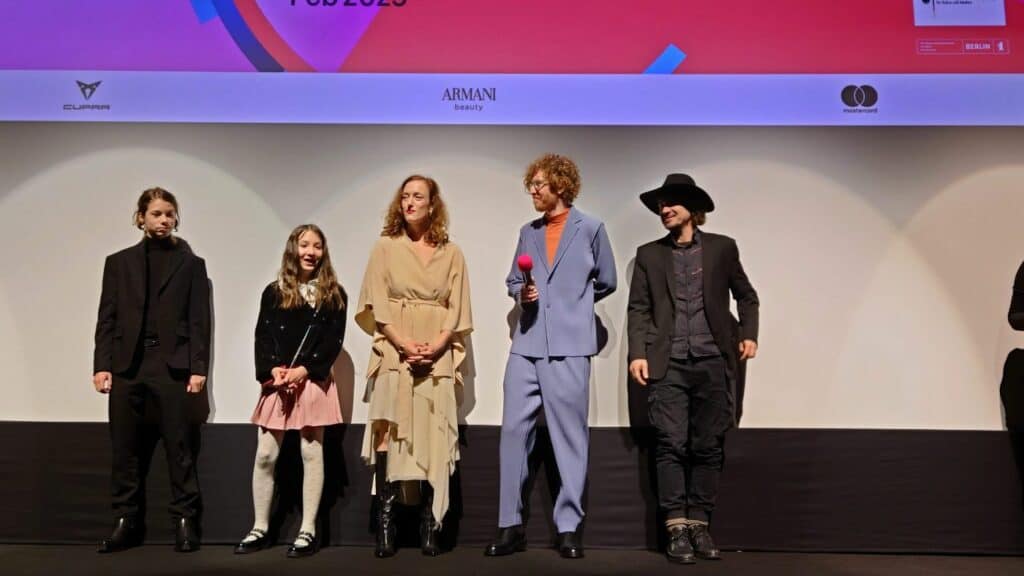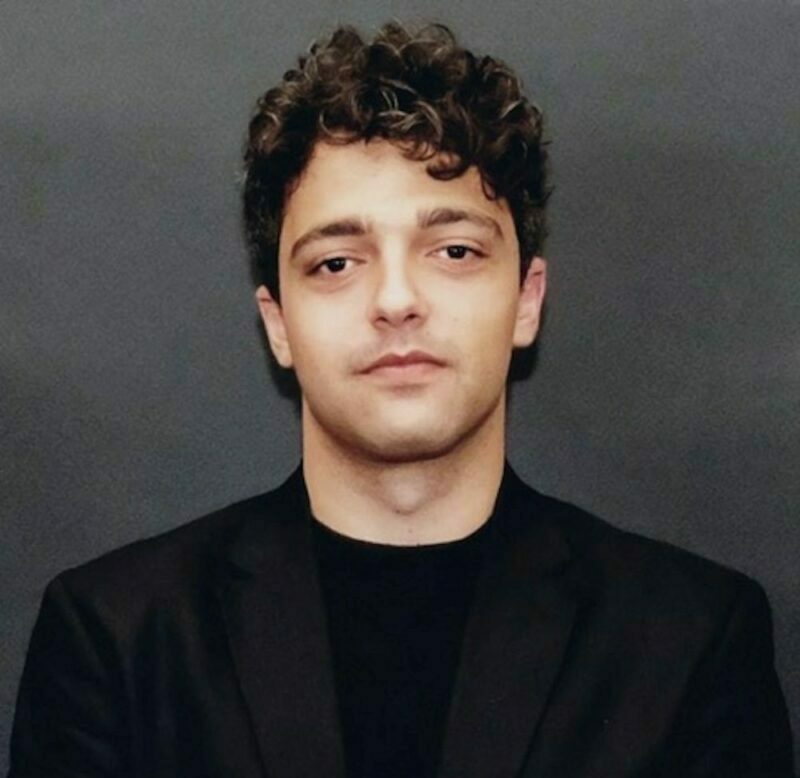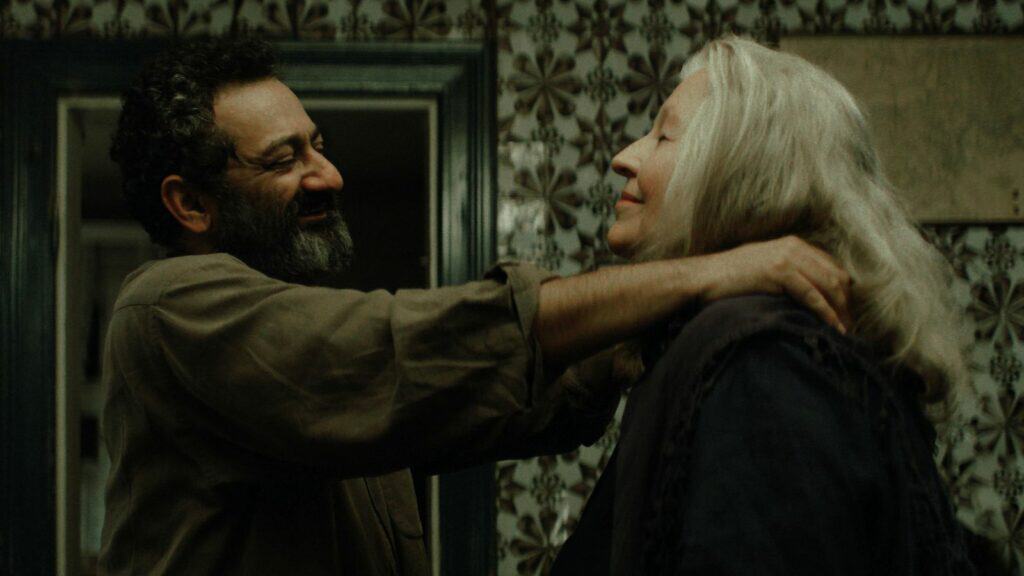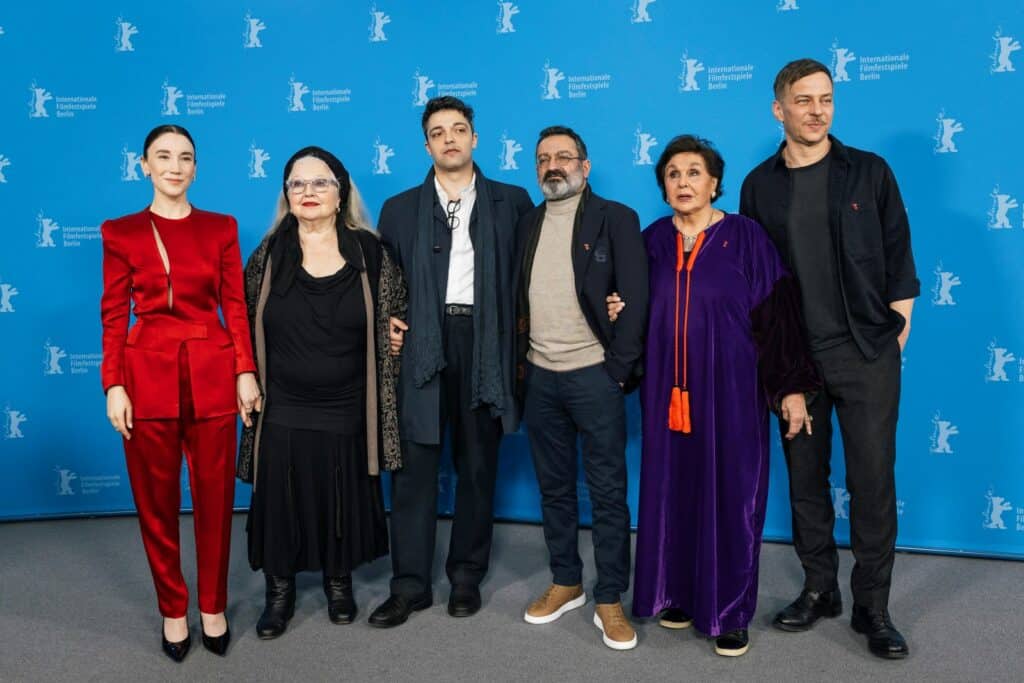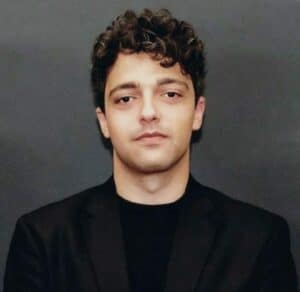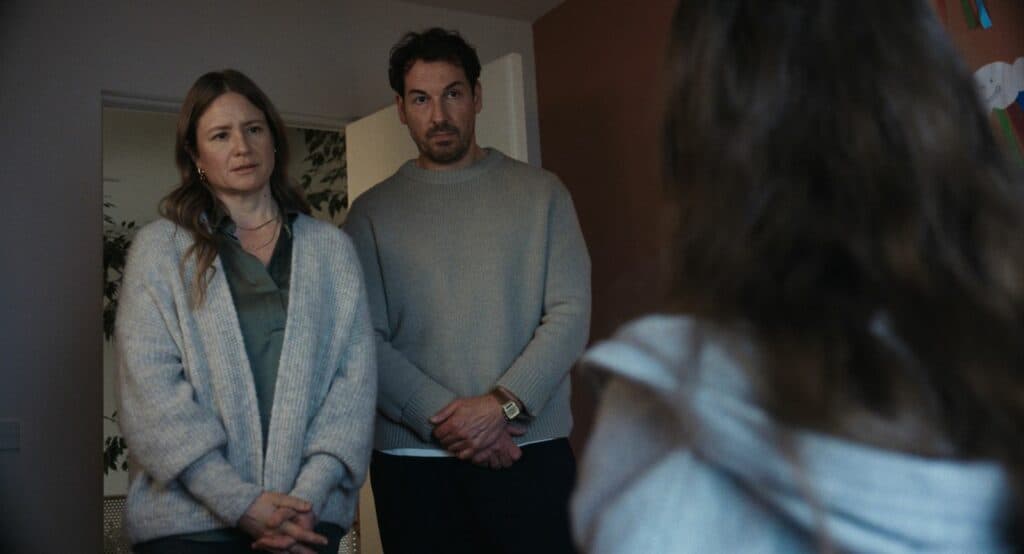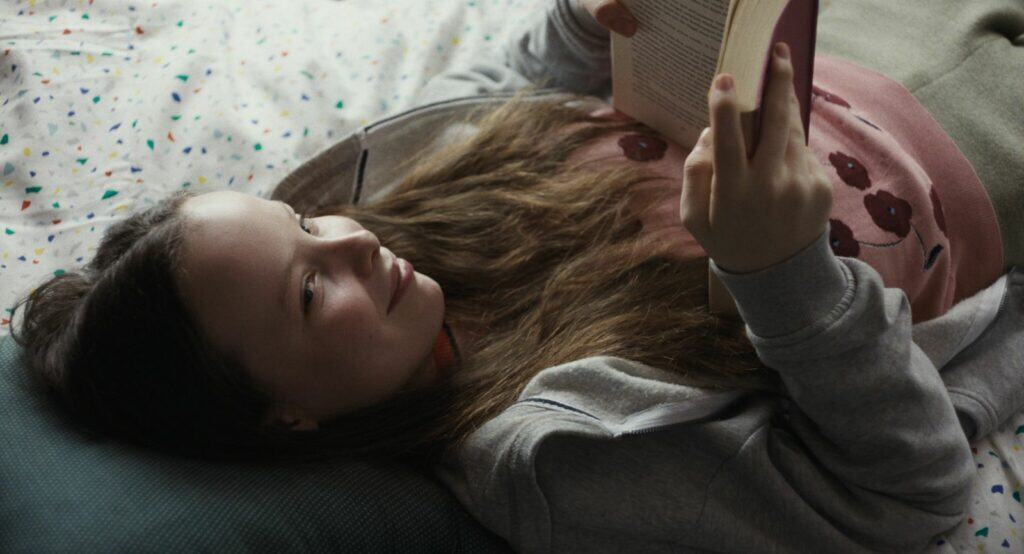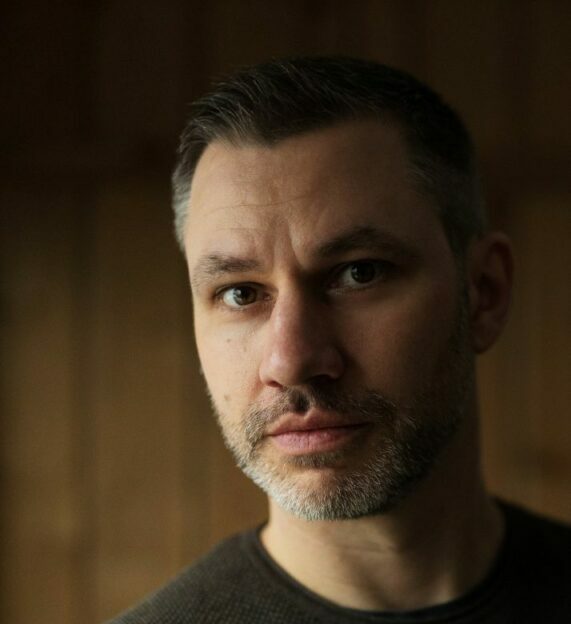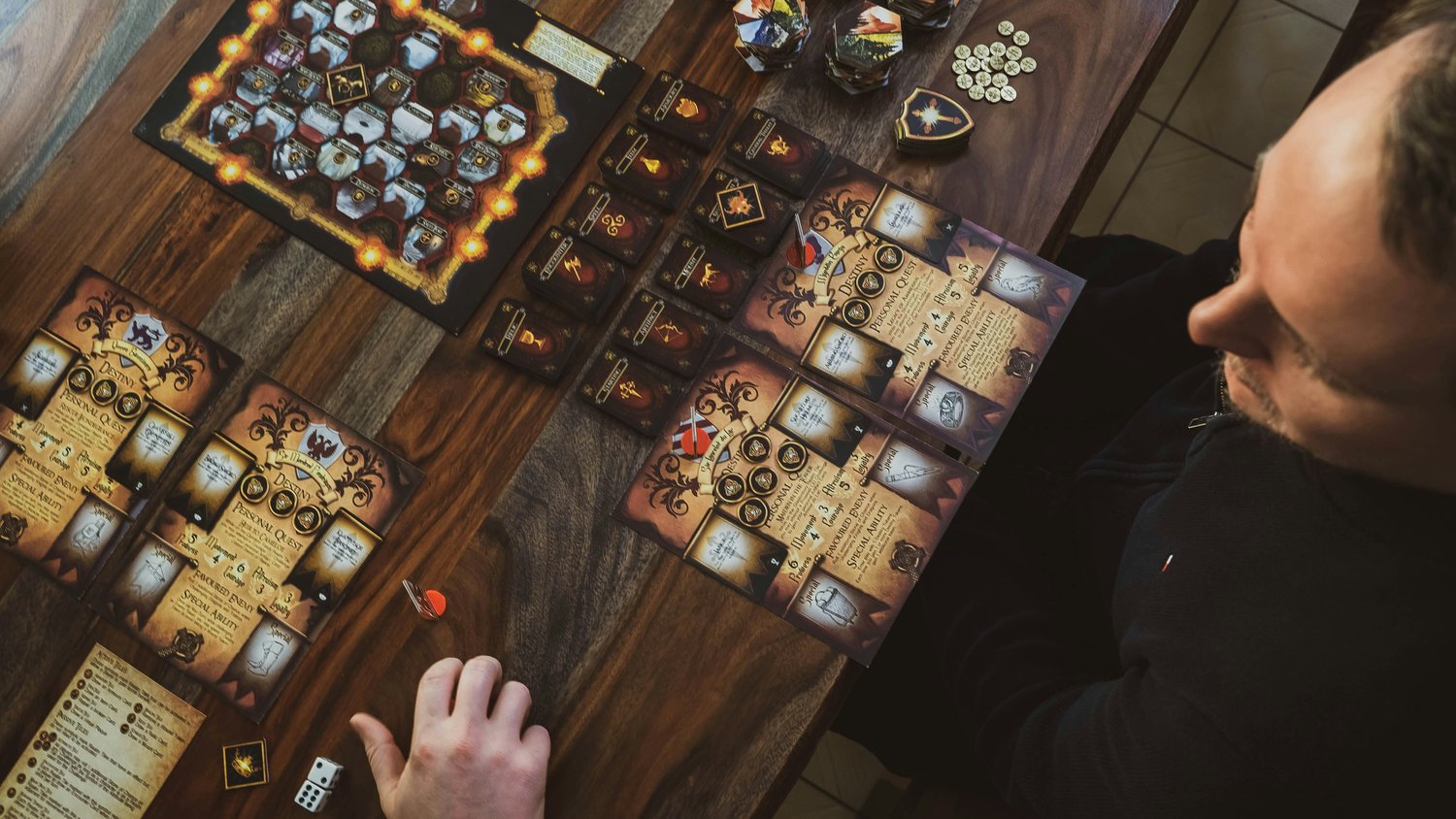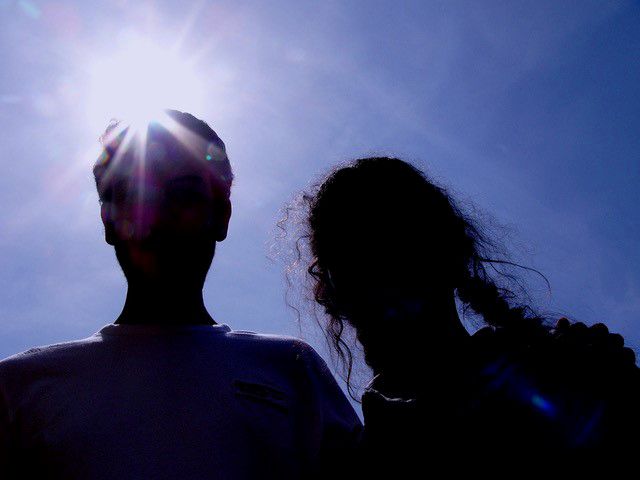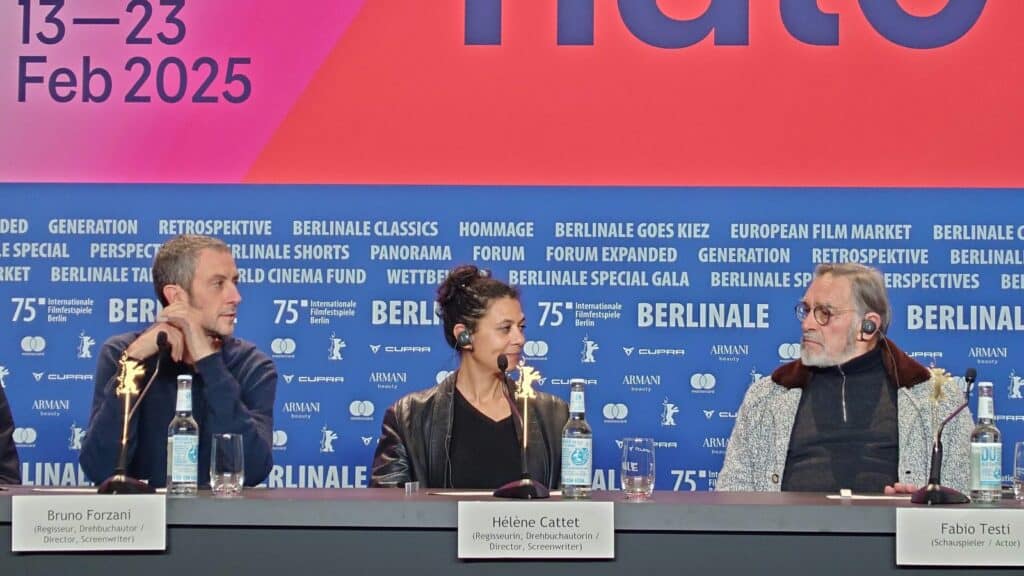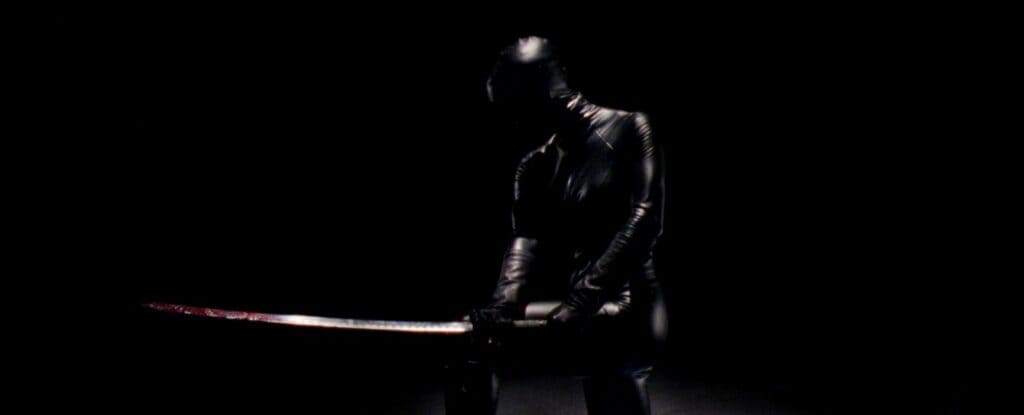
The United States takes the lead as the biggest gaming nation of 2025 with a score of 98.24, leading the global gaming rankings with over 28K prize-winning esports players and nearly $290 million in esports earnings. The country combines a high gaming population (83% of residents play video games) with major competitive success, creating the largest gaming market globally.
Denmark comes in 2nd with a score of 84.46, achieving exceptional per capita competitive gaming results with 35.6 prize-winning esports players per 100K residents—over four times higher than the United States. Denmark has the highest percentage of Steam users (10.56%) among all ranked nations and total esports earnings of $61.9 million, which is substantial compared to its population size.
Sweden ranks 3rd with a score of 80.88, with a strong gaming culture where 77% of the population plays video games and 8.88% are active on Steam. Similar to Denmark, Swedish gamers excel in per capita competition with 31.05 prize-winning players and total earnings reaching $56.8 million. Though slightly behind Denmark in Steam usage and per capita winners, Sweden has produced more total prize-winning players (3,309 vs. 2,137).
China ranks 4th with a score of 78.50, generating the world’s highest total esports earnings at $321.9 million (10% more than the United States) and having the second-highest percentage of gamers (86%). Unlike the Nordic countries, China has very low Steam usage (0.80%) and per capita competitive participation (only 0.64 winners), but its massive population results in 9,100 prize-winning players.
Finland takes 5th place with a score of 78.39, having the highest concentration of prize-winning esports players globally at 38.3, surpassing even Denmark. With 71% of Finns playing video games and 8.23% using Steam (slightly lower than Sweden), Finland has accumulated $33.5 million in esports earnings.
South Korea ranks 6th with a score of 65.09, known as the early pioneer of esports with $153.3 million in tournament earnings (the third highest after China and the US) and 5,941 prize-winning players. With 80% of the population playing video games but only 2.90% using Steam (much lower than in Nordic countries), Korea’s gaming market relies on local platforms.
Singapore ranks 7th with a score of 62.22, having the highest percentage of video gamers (87%) among all top nations, even higher than China. The city-state has good per capita competitive participation with 20.52 prize-winning players despite modest total earnings of $7.6 million. Unlike South Korea, Singapore lacks signature game titles where its players consistently excel.
Canada takes 8th place with a score of 61.96, with balanced performance across metrics including 84% of the population playing video games (matching Australia and slightly higher than the US) and 7.50% using Steam.
Australia ranks 9th with a score of 61.33, with a strong gaming community where 84% of residents play video games (identical to Canada). Despite geographical isolation, Australian esports has grown with 4,307 prize-winning players, accumulating $32.8 million in earnings. Australia’s performance is quite good given its distance from major gaming regions and tournaments.
Norway rounds out the top ten with a score of 60.89, with high Steam adoption (9.59%, second only to Denmark) despite having the lowest percentage of video gamers (69%) among top nations. Norwegian competitive gaming has produced 24.19 prize-winning players.
A spokesperson from an online gaming company commented on the study: “There are two distinct paths to success: mass participation versus targeted competitive excellence. Population size proves less important than digital infrastructure and cultural investment in gaming ecosystems. Most significant is how smaller tech-forward regions consistently outperform in per capita metrics while larger markets capitalize on scale advantages in total earnings. Beyond the visible metrics lies a complex interplay between public investment, private sponsorship, and cultural attitudes toward gaming as a legitimate career. Regions that approach gaming through coordinated policy rather than viewing it merely as entertainment are reaping disproportionate economic returns.”



